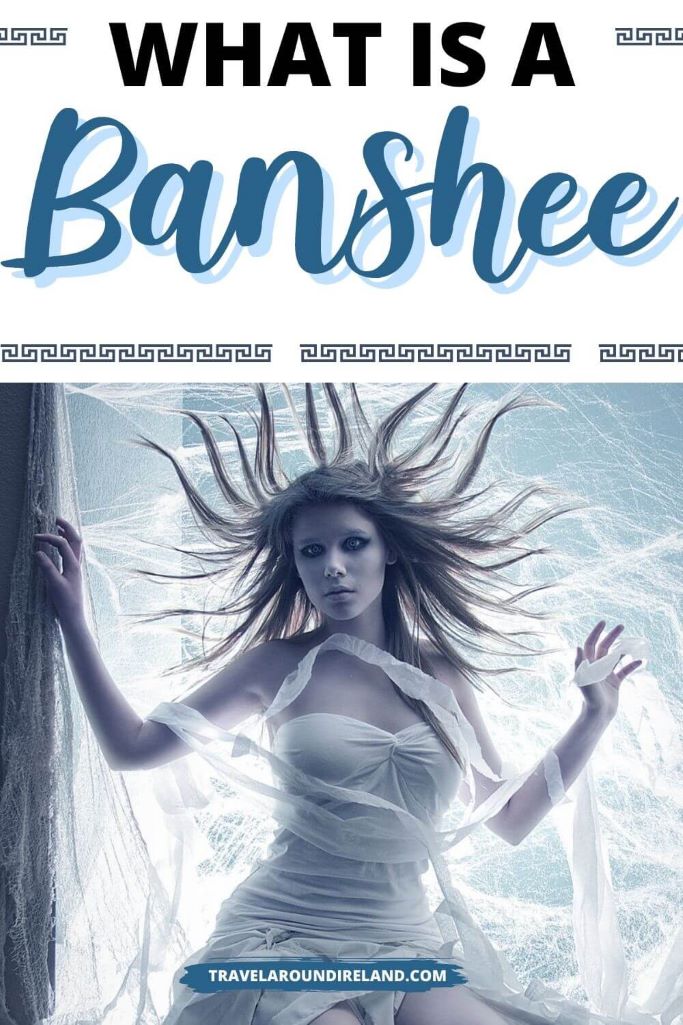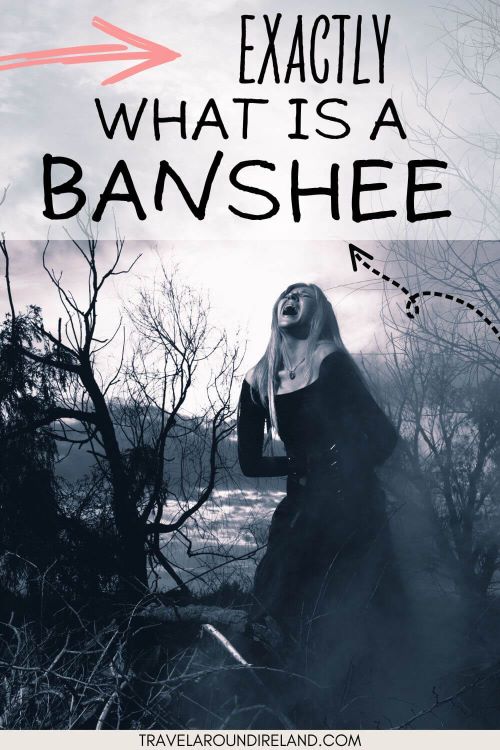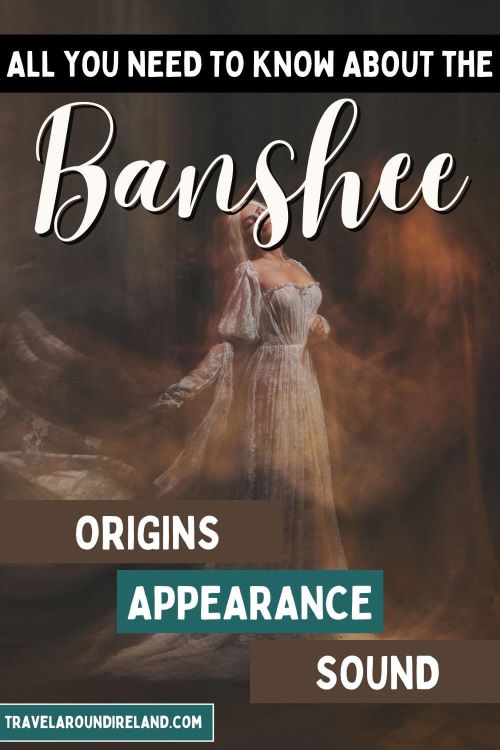The Banshee. A thing of children’s nightmares in Ireland. But exactly what is a Banshee? What does it look like? Why are people so frightened of it? Discover the answers to these questions and more below.
When I was growing up in Ireland, the tale that frightened me the most was that of the Banshee. Now, I wasn’t told much about the Banshee as a child except that she was the harbinger of death and that if you heard her, death was imminent.
As a child, you believed it was your death, hence being terrified of ever hearing the screams of the Banshee. But that is not necessarily the case as you will learn.
The Banshee is by far one of the scariest Irish mythological creatures. It is something no one wants to encounter.
Let’s take a look at what is a Banshee, where it comes from, and what it looks and sounds like.
Definition of a Banshee
A banshee is a fairy creature found in Irish mythology and folklore. It is typically described as an otherworldly spirit woman, whose wail or keening can be heard at night, often-times foretelling the death of a loved one.
The banshee is closely associated with the Tuatha Dé Danann, an ancient race of supernatural beings who were believed to be the gods of Ireland.
Typically, the banshee’s cry was heard moments before death would strike, but what she heralded was often open to interpretation.
For some, the banshee was seen as a messenger of death, while for others she was viewed as a guardian angel warning them of what was to come.
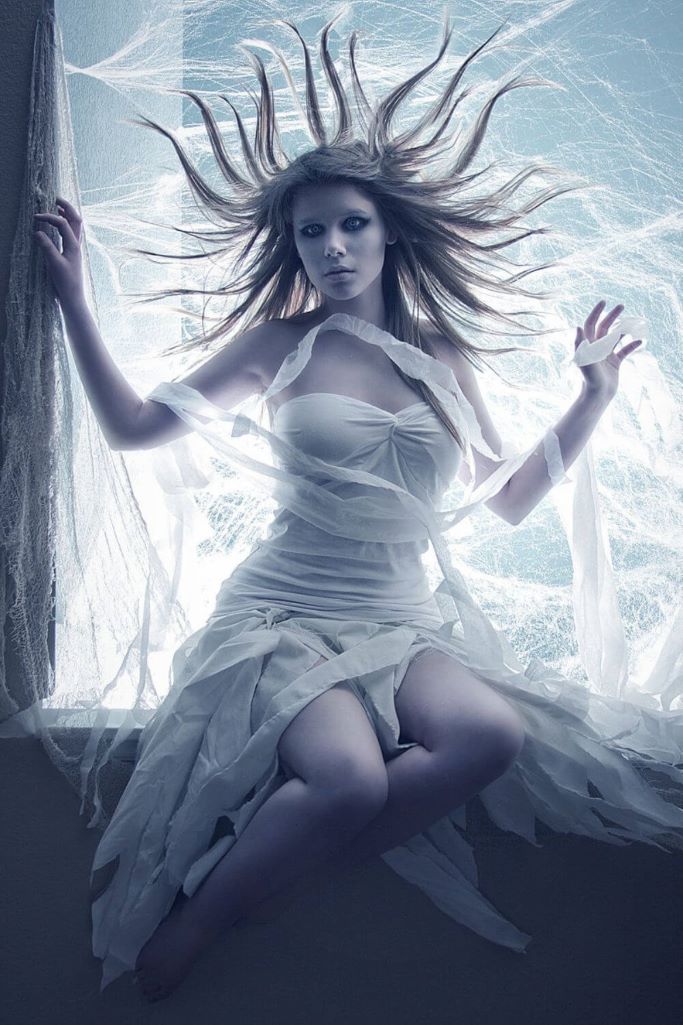
Origin of Banshees
The exact origin of the word banshee is unknown, but it likely comes from an old Gaelic term, “bean sídhe or bean sí,” (written ban sídhe in Scottish Gaelic) which translates to “woman of the fairy mound” or “fairy woman.”
She was not a welcome visitor and was said to be seen combing her hair or wailing beneath the window of the family she was visiting. Bean sí is pronounced ban-shee.
The use of the word banshee became more common in the late 18th century but there have been accounts of a banshee, a witch-like creature, as far back as the mid-14th century, and some historians have traced the first stories of the banshee to the 8th century, based on the old tradition where women sang a sorrowful song upon the death of someone.
The banshee is said to be related to the Irish goddess of death, Morrigan (see further below for an explanation of this). Many cultures have similar myths about female spirits who appear before death, and it has been suggested that the banshee mythology may have originated from these tales.
The banshee is seen as a harbinger of death, and her keening (screaming, see further below) can be heard just before someone important in a family passes away.
This is essentially the definition of banshee, and if you are ever asked what does banshee mean, it means “woman of the fairy mound”.
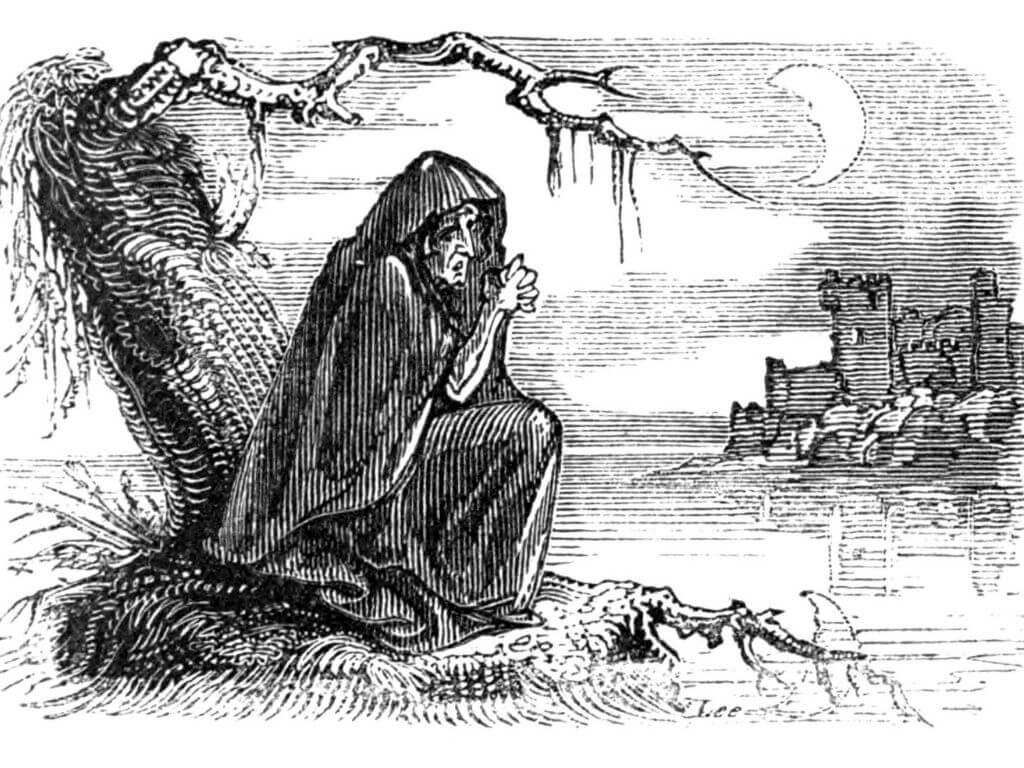
What does a Banshee Look Like?
The appearance of a banshee can take on many forms, but what remains consistent is the supernatural nature of her presence.
The banshee can typically have three appearances – a young woman, a matron, or an old hag. It is for this reason that she has also been associated with the Irish goddess, Morrigan, as she was the triple goddess of war, fate, and death.
In some tales, she appears as a hooded figure with long hair and a white veil draped over her face. She may also appear as an old woman dressed in black or even as a beautiful young woman with fair skin and long flowing hair.
While the banshee may be seen as a sinister figure in some stories, she is also often depicted as beautiful and ethereal, with long flowing hair and gentle features. She is sometimes portrayed as a ghostly woman rising up from the mists or a spectral rider on horseback.
Accounts of the appearances of the banshee include, but are not limited to:
- A beautiful woman wearing a shroud
- A pale woman in a white dress with long red hair and a ghastly complexion
- A woman in a silver dress with long silver hair
- An old woman with frightening red eyes (from continual weeping), a green dress, and long white hair
- An old woman dressed all in black with grey hair (this is how she was always described to me as a young child)
Those who have claimed to have seen her describe her as running a comb through her long, flowing hair.
In a few rare cases, it is said that the banshee appears as an animal such as a stout, hare, weasel, or hooded crow, all of which are animals associated with witchcraft.
No matter what form she takes, the banshee is a powerful and enduring figure in Irish mythology. Though her presence often brings fear, she is ultimately a comforting reminder of our connection to the supernatural world.
You can see a range of images of a banshee within this post to demonstrate her differing appearances.
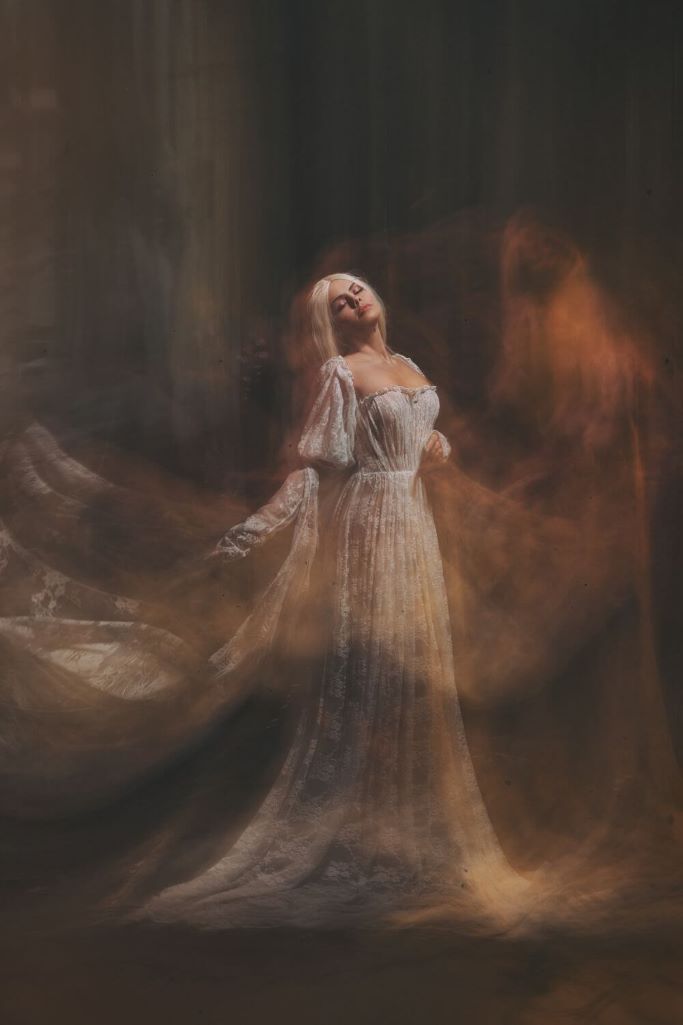
What does a Banshee Sound Like?
Have you ever heard the term “screaming like a banshee”? I have!
It means to howl, screech, or scream in a high-pitched voice and unsettling manner.
“Will you stop screaming like a banshee, I can’t hear myself think” is quite often shouted at kids by their Irish mothers.
To hear the banshee scream is said to be terrifying.
The banshee is said to wail or scream in a lamenting way and is likened to the keening of old, a tradition in Ireland and other Celtic regions where the older women would sorrowfully sing and wail after the death of a loved one. Her cries can be heard for miles around.
The keening woman, bean chaointe, upon which the cries of the banshee are based, was often a professional and the best ones were in high demand.
The banshee song or wail is sometimes described as eerie as it warns of impending death, often the first warning to the family she visits.
Just as she has different appearances, the banshee in Ireland can have different sounds.
In Leinster, it is said she has a shrill scream, able to shatter glass (this I remember from the tales of my childhood). While in parts of Munster, the wail of a banshee is described as sounding like low, pleasant singing. Others describe it as a blood-curdling cry.
Her cries can be heard for just a few hours to a few days before the death, and they can last a few minutes.
And it is very rare to hear the cries of a banshee during the day. Her visits are typically paid during the night, usually in the small hours of the morning.
Now, it is said that the banshee is sometimes spotted washing bloodstains from the clothes of the individuals soon to die and one of her nicknames is the Little Washerwoman.
Typically, you did not see her but heard her, but some have said they have seen the banshee.
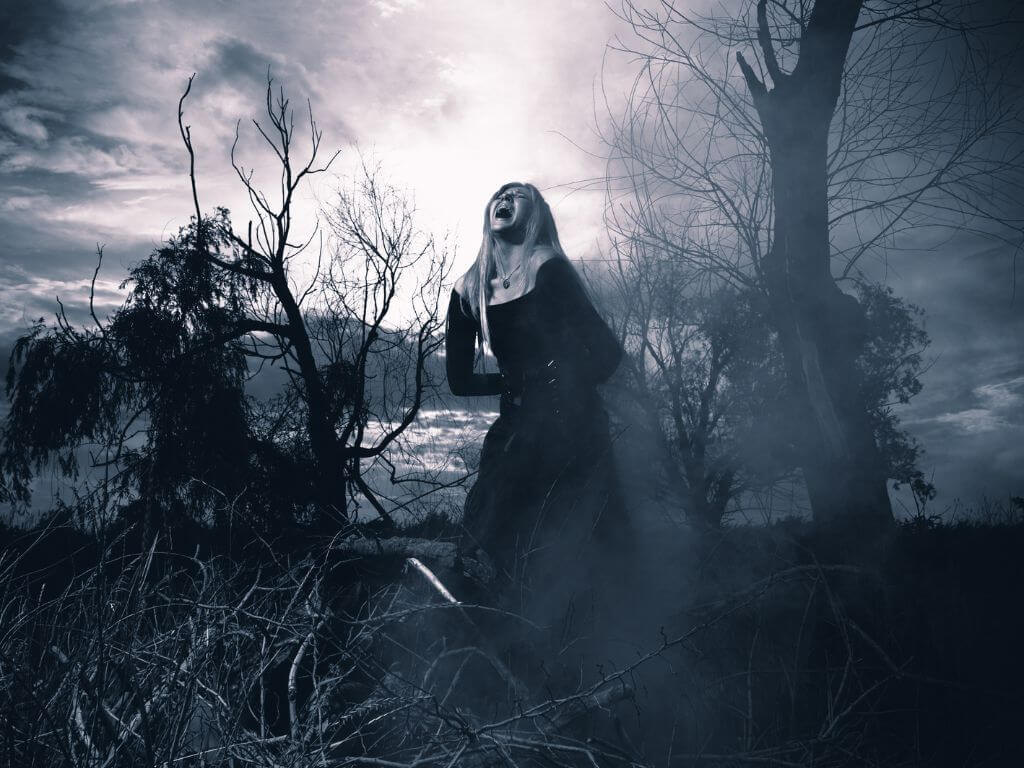
Who Do Banshees Visit?
It is said that the banshee visits four families of pure Irish descent, the O’Connors, the O’Briens, the O’Neills, and the O’Gradys but the list has been extended to other families whose names start with Mac/Mc due to marriage as well as the Kavanaghs.
Generally, if an Irish family name starts with an O’ or an Mc/Mac, they are a family that has a banshee.
The banshee would perch on a windowsill or near the house for several hours or days until the death occurred.
If a family member died far from home, the banshee would often be the first warning for the family to expect news of the death of a faraway loved one.
In addition to being a symbol of death, the banshee also has connections with otherworldly powers. She is associated with both protection and luck and in some stories, she can grant wishes if treated with respect.
Some believe that the banshee watches over a particular family or clan, so her presence is often taken as a sign of good fortune. And it is also said that each family has their own banshee.
In my own family, my maiden name begins with “Mc”, and it is said that one of my grandaunts saw and heard the banshee as a young woman.
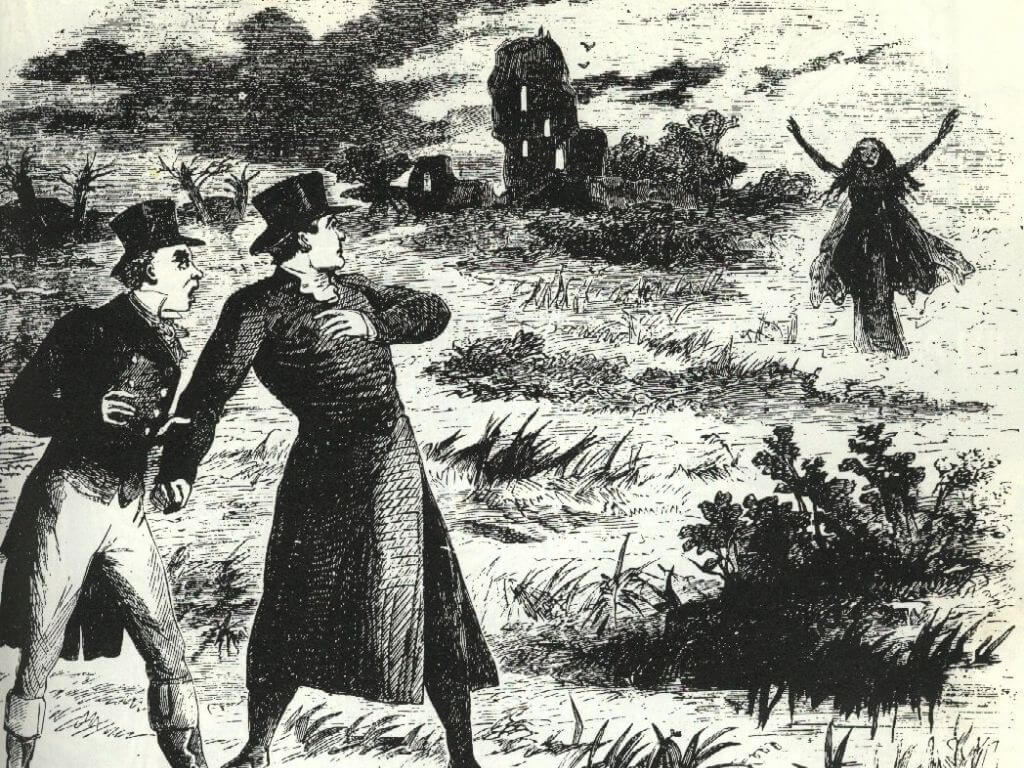
Is the Banshee real?
Are banshees real? Who knows. I personally have never seen nor heard a banshee in real life. They have only been things of fairy tales or something my grandaunt heard and saw once.
However, that is not to say they are not real. There are some who claim to have both seen and heard them and will argue until the cows come home.
It is possible that the cry of a banshee was once the combination of the cries of a barn owl mixed with the lamenting cries of the keeners.
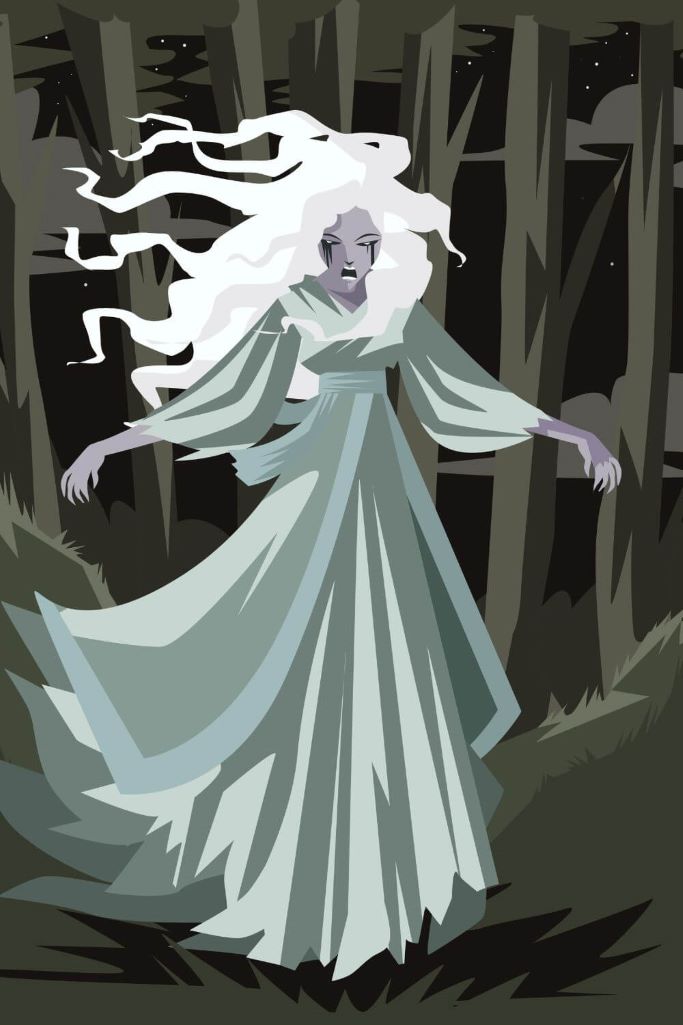
Frequently Asked Questions about Banshees
So, do you believe in the Banshee?
The banshee has been a part of Irish folklore for centuries and continues to capture the imaginations of young and old alike.
Though her appearance may be frightening, what she warns of is often seen as a blessing – the promise of a future beyond what we can see. For that reason, she will remain an important figure in Irish culture for many years to come.
Whether you believe in the supernatural power of a banshee or are simply fascinated by her mythological origins, there is no denying that she is an iconic figure in Irish folklore.
You might also like these articles about Irish culture:
- Celtic Symbols and Symbols of Ireland
- Irish Slang
- Things the Irish Are Known For
- What is Ireland Famous for
- Things Irish Mammies Say
- Irish Mythological Creatures
- Weird Irish Laws That Will Have You Scratching Your Head
